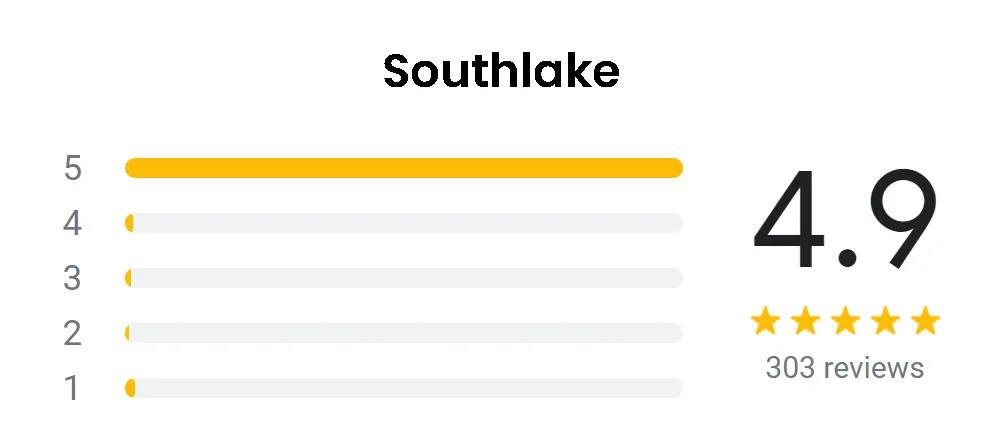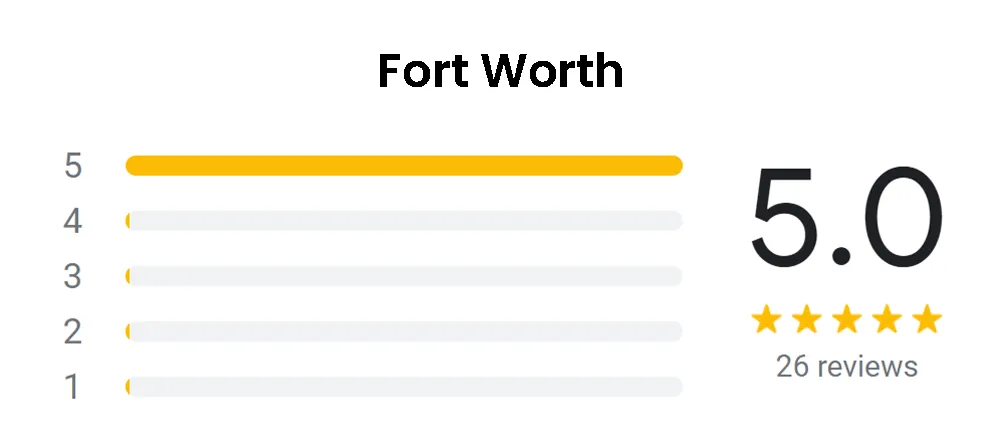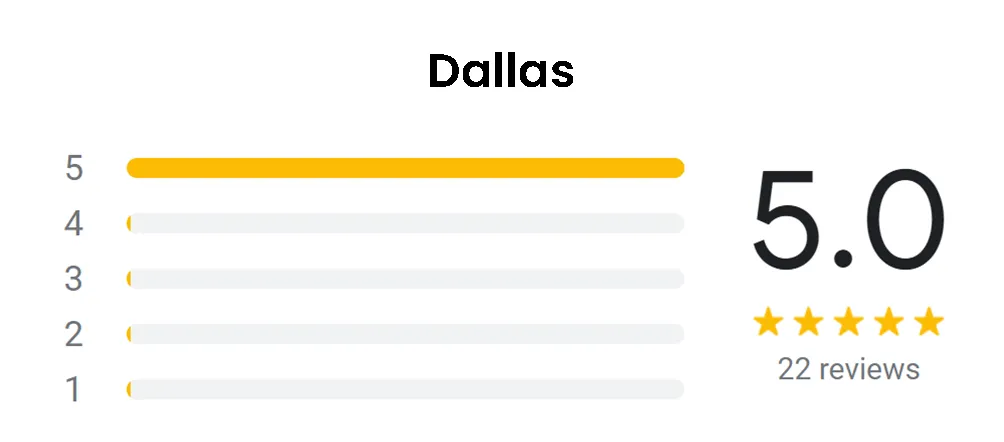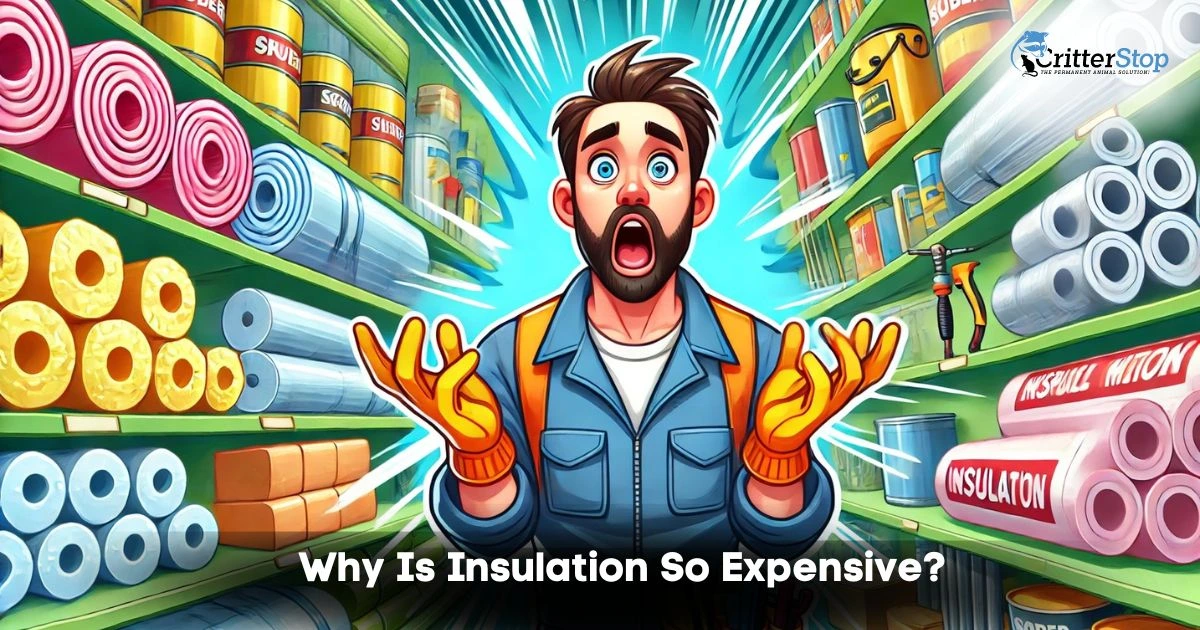
Understanding the cost of insulation is essential for homeowners and builders alike. Insulation is crucial in maintaining energy efficiency, comfort, and building safety. However, the price of insulation materials and installation can be significant. This article explores the factors contributing to the high insulation costs, breaking down materials, installation, and complexities of market dynamics.
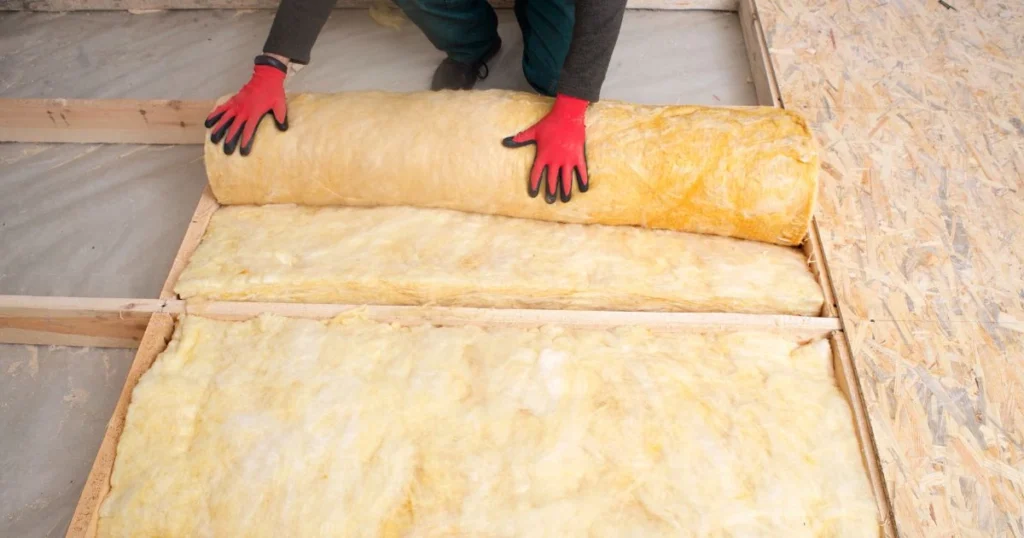
The type of insulation material chosen significantly influences the overall cost. Different materials have distinct properties, R-values, and price points. Here are some of the most common insulation types and their associated costs:
The initial investment in high-quality insulation materials can lead to substantial long-term savings on energy bills, making it a wise choice despite the higher upfront costs.
The installation process is another significant factor in insulation expenses. Hiring skilled professionals ensures the job is done correctly, adhering to local building codes and regulations. The complexity of the installation also plays a role:
Investing in professional installation ensures optimal performance and efficiency, justifying the higher labor expenses.
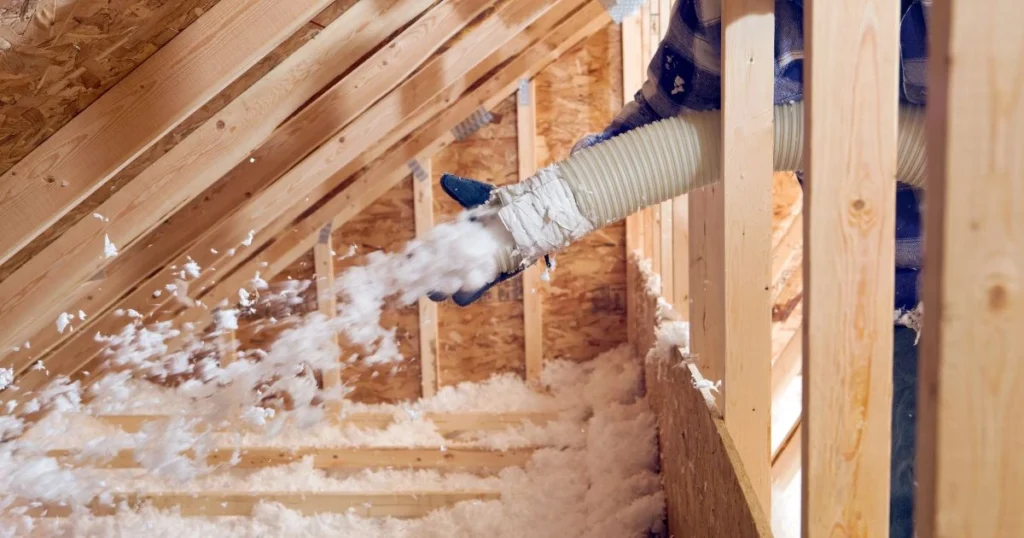
The R-value measures the insulation's resistance to heat flow, indicating its effectiveness. Higher R-values generally equate to higher costs, as they provide better thermal resistance. Here’s why R-value matters:
Investing in insulation with an appropriate R-value tailored to regional needs is essential for achieving energy efficiency and cost-effectiveness.
Local building codes and regulations impact insulation costs significantly. These regulations ensure safety, energy efficiency, and environmental sustainability. Here are some factors to consider:
Understanding local regulations helps homeowners and builders budget more accurately for insulation projects.
The economic landscape affects insulation prices through various factors, including material availability and inflation. Key influences include:
Staying informed about market conditions and trends can help homeowners make strategic decisions regarding insulation investments.
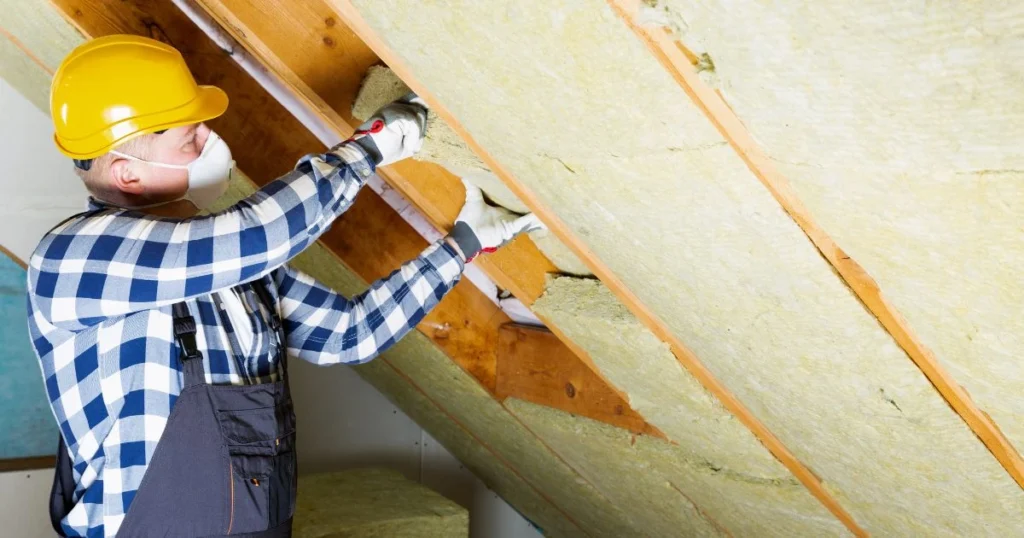
The removal and disposal costs must be considered if existing insulation needs to be removed before new insulation can be installed. This process can add significant expenses, including:
Considering removal and disposal costs in the overall budget helps provide a clearer picture of total insulation expenses.
In conclusion, the high insulation cost is influenced by various factors, including material quality, installation complexity, labor costs, energy efficiency requirements, market dynamics, and potential removal fees. While the initial investment may be significant, the long-term benefits of energy savings and increased comfort make insulation worthwhile for homeowners and builders.
Furthermore, it's crucial to address these concerns promptly when dealing with issues such as wildlife intrusions or pest problems while considering insulation projects. Critter Stop, a professional humane wildlife removal company, is here to help. With a fantastic reputation and excellent customer reviews, Critter Stop provides high-quality work and exceptional customer service. Call Critter Stop at (214) 234-2616 for a free inspection and ensure your property is safe and sound from wildlife or pest invasions.
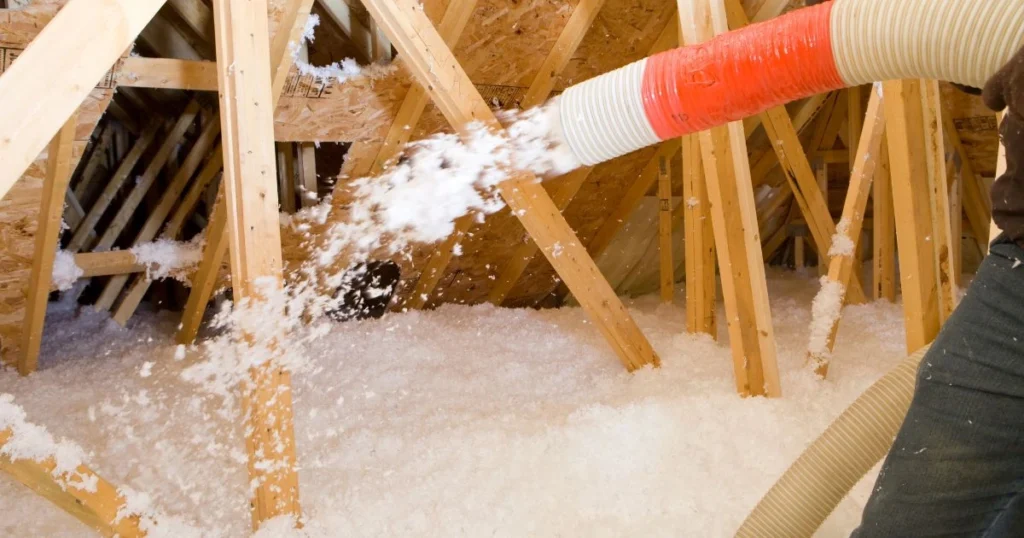
This section addresses some common questions related to insulation costs and applications. Understanding the factors contributing to insulation expenses can help homeowners make informed decisions about their insulation projects.
The insulation cost is influenced by several factors, including the type of material used and the complexity of the installation process. High-quality materials like spray foam and rigid foam boards tend to be pricier than traditional fiberglass insulation. Additionally, labor costs can increase if the installation requires specialized skills or if the areas to be insulated are difficult to access.
The typical cost to spray foam a basement can vary widely based on the space size and the foam's thickness. On average, homeowners can expect to pay between $1,500 and $3,000 for a standard basement. This investment improves energy efficiency and helps prevent moisture issues, contributing to a healthier living environment.
The cost to spray foam a pole barn may be higher than traditional insulation methods like fiberglass batts, but it offers superior benefits. Spray foam provides excellent air sealing and thermal resistance, which can lead to lower energy bills over time. Depending on the size of the pole barn, costs can range from $2,000 to $6,000, but many owners find the long-term savings worth the initial investment.
Several factors contribute to why insulation is so expensive, including market demand, material availability, and installation complexity. For instance, fluctuations in raw material prices, such as fiberglass and foam, can impact overall costs. Additionally, local building codes may require higher R-values, increasing material expenses.
When calculating the cost of spray foaming a basement, it's important to consider additional expenses such as preparation and cleanup. These costs will add to the overall project budget if the basement requires repairs or mold remediation before insulation can be applied. Additionally, obtaining permits or hiring a professional for the installation will contribute to the final price.
The time it takes to spray foam insulation in a pole barn depends on the structure's size and the installation's complexity. Generally, a crew can complete the job within one to two days. The cost to spray foam a pole barn typically ranges from $2,000 to $6,000, depending on the size and specific insulation requirements.
Understanding why insulation is so expensive helps homeowners make informed decisions about their insulation investments. By recognizing the factors influencing costs, such as material quality and labor, homeowners can weigh the long-term benefits against initial expenses. This knowledge empowers individuals to choose the best insulation solutions for their needs, ultimately improving energy efficiency and comfort.
Visit our Critter Library and learn more about our furry friends
